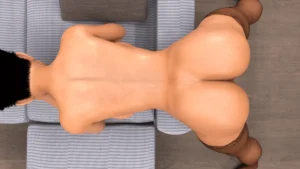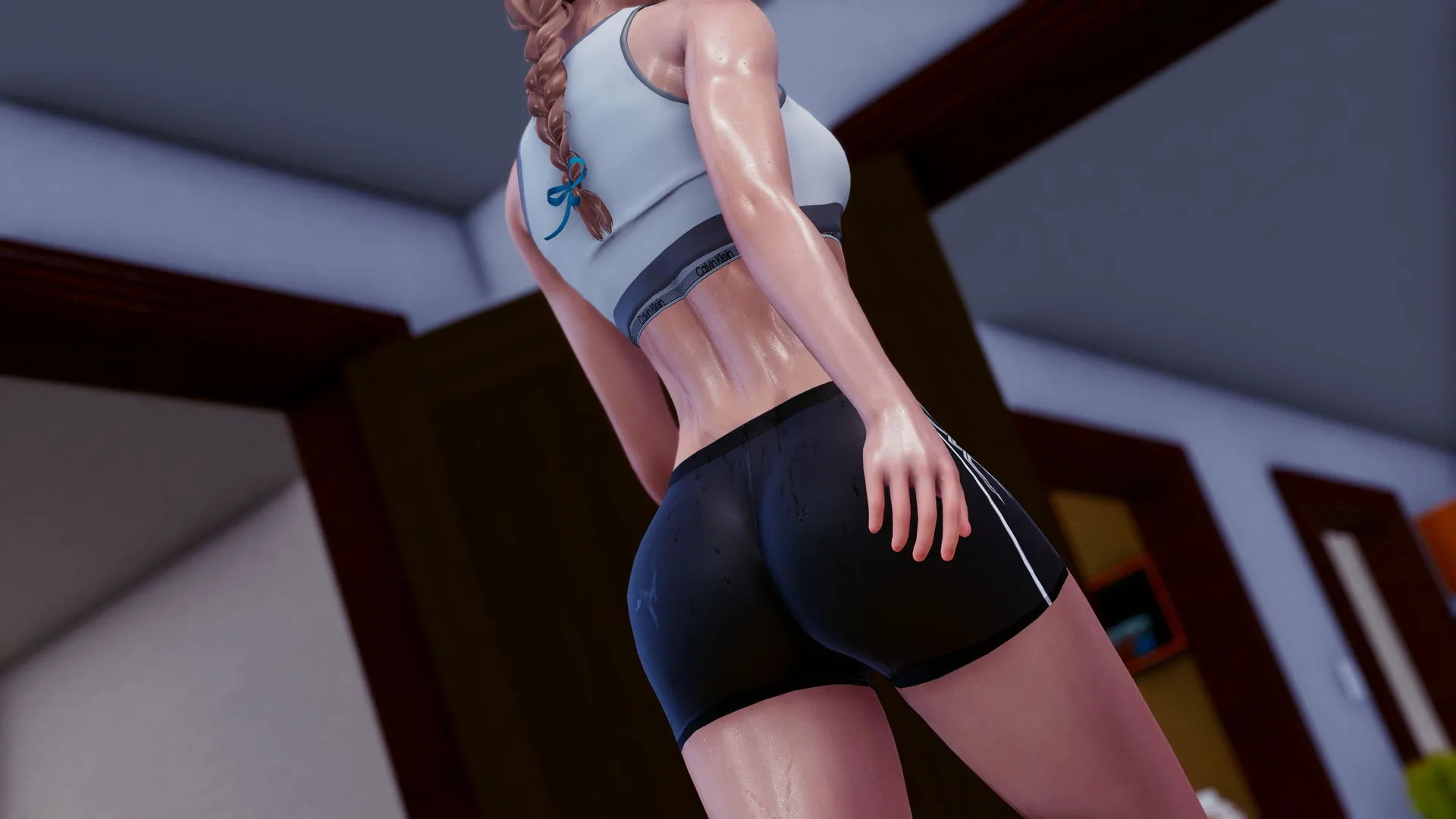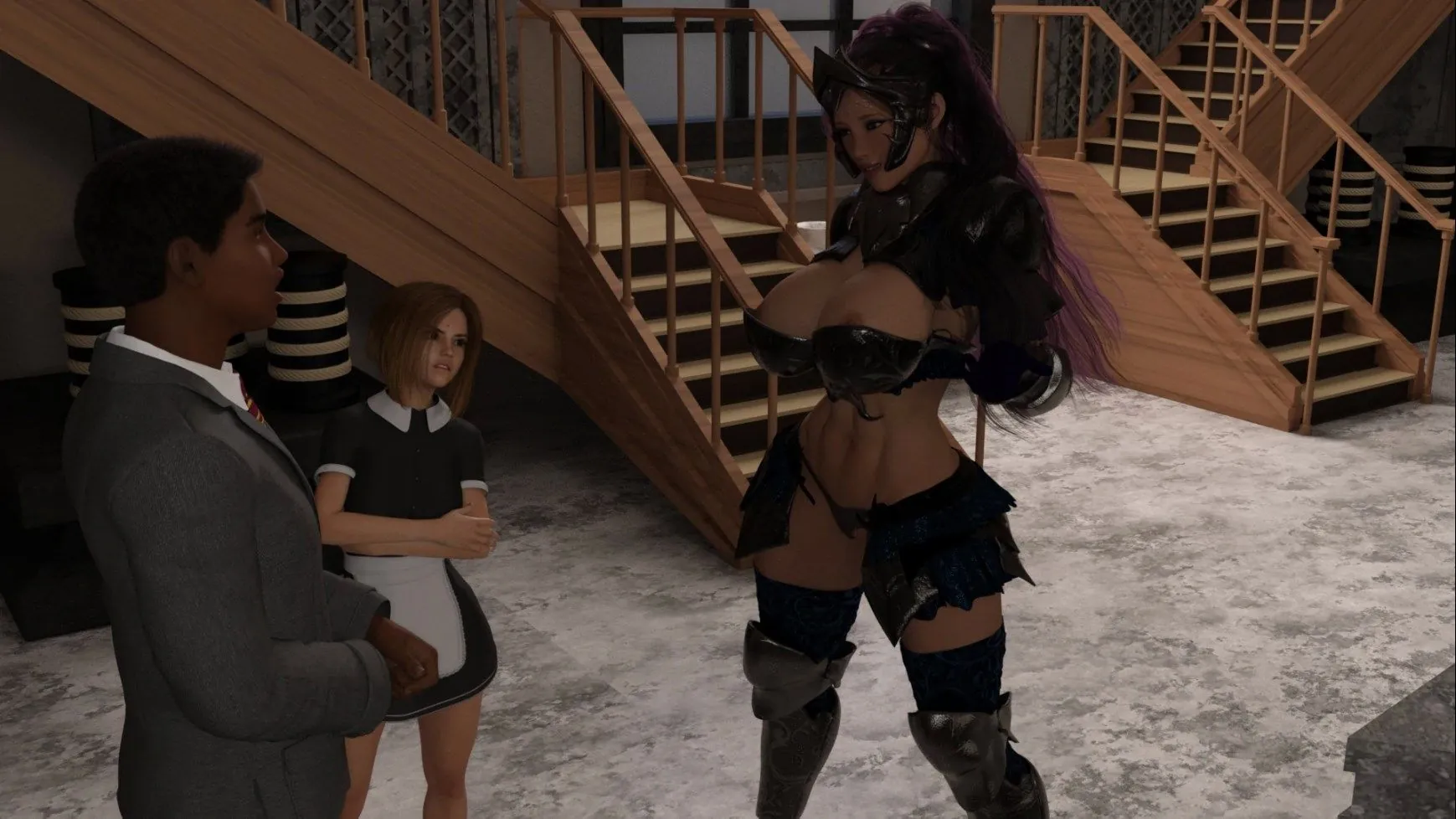
Bad Teacher
Play Bad Teacher
Bad Teacher review
Master every choice, unlock all scenes, and maximize your gameplay experience
Bad Teacher has become a standout title in the visual novel genre, captivating players with its branching narrative paths and meaningful character interactions. Whether you’re a newcomer exploring the game for the first time or a seasoned player hunting for hidden scenes, understanding the mechanics behind relationship building and choice consequences is essential. This guide breaks down the core systems, character dynamics, and strategic decision-making that define your experience. From managing affection points to unlocking exclusive content, we’ll walk you through everything you need to know to get the most out of your playthrough.
Understanding Game Mechanics and Relationship Systems
Ever found yourself staring at the screen, wondering why your favorite character in Bad Teacher just won’t open up to you, no matter how many nice things you say? 🤔 I’ve been there. On my first playthrough, I thought I was making all the right moves, only to hit a wall and miss out on some of the most compelling content. The secret, I learned the hard way, isn’t just about being persistent; it’s about truly understanding the Bad Teacher game mechanics. This isn’t a game where you can just click through; your choices are the engine that drives everything.
Let’s break down these systems so you can stop guessing and start mastering every interaction. 🎮
How Affection Points and Relationship Tracking Work
At its heart, the affection points system is your primary tool for measuring your bond with each character. Think of Affection Points (or Aff) as a hidden meter of goodwill. Every conversation, every gift, every choice you make can add or subtract from this pool. It’s not just about being “nice”—sometimes, a character respects boldness or honesty over simple flattery.
The relationship tracking Bad Teacher employs is incredibly detailed. It doesn’t just tally up points; it remembers the context. For instance, agreeing with a character in a public setting might grant more Aff than a private compliment, because it shows social solidarity. Your character relationship status with someone isn’t a single number; it’s a combination of your total Affection Points and a separate, often overlooked, metric called Passive Points (Pas).
Passive Points represent a character’s underlying impression of you. It’s built slowly over time through your general actions and reputation. A high Pas score means a character is predisposed to like you, making it easier to gain Affection Points later. A low Pas can make them suspicious, turning even well-intentioned comments into social minefields. ⚠️
Pro Tip: Always pay attention to a character’s core personality. A shy character might be overwhelmed by bold, public advances, while a confident one might see them as a sign of strength.
Here’s a practical look at how these systems intertwine for some key characters:
| Character | Low Affection (0-24) | Medium Affection (25-49) | High Affection (50-74) | Max Affection (75-100) | Passive Points Effect |
|---|---|---|---|---|---|
| Ms. Davis | Basic polite dialogue | Shares minor school gossip | Unlocks study session scenes | Unlocks personal backstory & intimate scenes | High Pas makes her defend you to other teachers |
| Jake (The Jock) | Dismissive, short responses | Accepts you as a gym partner | Invites you to parties | Reveals personal insecurities & unlocks exclusive scenes | High Pas makes him seek your approval on major decisions |
| Chloe (The Rival) | Openly competitive and rude | Backhanded compliments, subtle teasing | Begins to see you as a worthy rival, shares secrets | Potential for a complex friendship or romance; unlocks dramatic confrontation scenes | Low Pas makes her constantly try to one-up you; High Pas leads to mutual respect |
Understanding this table is key to how to unlock scenes Bad Teacher is famous for. You’re not just grinding points; you’re carefully cultivating a reputation and a relationship. Notice how high Passive Points can completely change a character’s dynamic with you, opening up paths you didn’t even know existed! 🔑
Stat Points and Character Development Mechanics
While you’re busy managing relationships, you also need to manage yourself. This is where stat points allocation becomes your strategic backbone. At key points in the story, usually after major events or chapters, you’ll earn points to distribute across four core attributes:
- Charm: Your social grace and ability to persuade. High Charm opens up flirtatious dialogue options and helps you smooth over awkward situations. 💬
- Intellect: Your book-smarts and problem-solving ability. Crucial for helping other students with homework and uncovering hidden truths about the school’s mysteries.
- Confidence: Your inner strength and assertiveness. This stat allows you to stand up to bullies, make bold declarations, and take charge of difficult scenarios.
- Empathy: Your ability to understand and share the feelings of others. This is often the key to resolving conflicts and getting characters to open up on a deeper, more emotional level.
Your choices in stat points allocation directly gatekeep content. I remember trying to console a friend early in the game and being locked out of the “best” dialogue option because my Empathy was too low. It was a brutal lesson! The game doesn’t just check if you want to do the right thing; it checks if your character has grown enough to be capable of it.
A “Charm” build might breeze through social interactions but struggle with academic help requests. A “Intellect” build could solve puzzles easily but come across as cold or nerdy. There is no single “best” build, which is what makes the Bad Teacher game mechanics so replayable. You’re building a version of the protagonist that will naturally gravitate toward certain story paths and characters.
For example, if you’re aiming for a romance with a character who values intelligence, pouring points into Intellect early will make your journey much smoother. Your stat allocation is the foundation upon which all your branching narrative choices are built. 🏗️
Making Strategic Choices That Matter
This is where it all comes together. The branching narrative choices in Bad Teacher aren’t just cosmetic; they are forks in the road that lead to entirely different destinations. The game is brilliant at making you feel the weight of a simple dialogue selection.
Let’s look at a real scenario from the very first chapter. You witness the school bully, Mark, teasing a quieter student.
- Option A (Confident/Confrontational): “Hey Mark, pick on someone your own size.” → This immediately boosts your Confidence stat and earns you respect from onlookers. Jake (The Jock) sees this and his Passive Points toward you increase because he values strength. However, Mark now has a personal grudge against you, and Ms. Davis might view you as a troublemaker, lowering her Passive Points.
- Option B (Empathetic/Diplomatic): Pull the quieter student aside and say, “Don’t let him get to you.” → This boosts your Empathy stat and significantly increases the Affection Points with the student you helped. Ms. Davis might hear about this and see you as a kind-hearted person, raising her Passive Points. However, Jake might see this as avoiding conflict, and Mark will likely continue his behavior unchecked.
This single, early choice alters your character relationship status with at least four different characters from that moment forward. The scenes available to you in Chapter 2 will already be different based on this one decision. The student you helped might later confide in you, unlocking a side quest, while the path to befriending Jake might now require more work.
This is why your saving strategy is non-negotiable.
Golden Rule: Save before every major story conversation and at the beginning of each new chapter. Create multiple save files labeled for the key decision you’re about to make. Trust me, future you will be grateful when you want to explore a different path without replaying 10 hours of content.
The ultimate goal of all these systems is to give you the tools for how to unlock scenes Bad Teacher has hidden away. Reaching a high enough character relationship status doesn’t just add a new line of dialogue; it can unlock entire locations, special events, and deeply personal scenes that completely redefine a character. By mastering the affection points system, strategically planning your stat points allocation, and thoughtfully navigating the branching narrative choices, you transform from a passive player into the architect of your own unique story within the world of Bad Teacher. Happy gaming! 🎉
Bad Teacher offers a rich experience for players who invest time in understanding its mechanics and character systems. By mastering affection point management, making strategic choices aligned with your desired outcomes, and carefully planning your playthrough route, you can unlock the full depth of content the game offers. Whether you’re pursuing specific character relationships, hunting for hidden scenes, or aiming for complete story coverage, the strategies outlined here provide a roadmap for success. The beauty of Bad Teacher lies in its branching narrative design—each playthrough can feel distinctly different based on your choices. Take advantage of save files to explore multiple paths, experiment with different stat allocations, and discover how your decisions ripple through the story. Most importantly, enjoy the journey and the unique character interactions that make each route memorable. Your next playthrough awaits with new discoveries and experiences.










